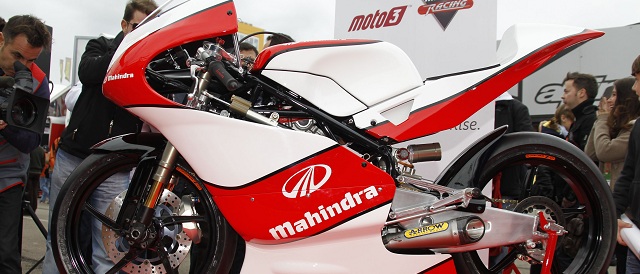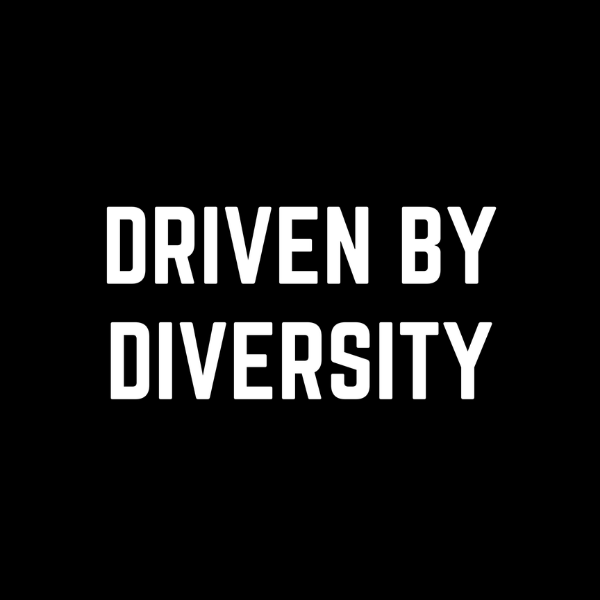For 2012, the FIM's New Year's resolution must be “out with the old, in with the new.” Since the very first Grand Prix World Championship in 1949, the 125cc class has been an ever-present, setting the likes of Alex Criville, Valentino Rossi and Jorge Lorenzo on the road to stardom. But as Nicolas Terol joined them on the list of champions, the history book of 125GP racing closed behind him. Enter Moto3.
There was no doubting the 125s' popularity but as MotoGP Director of Technology Corrado Cecchinelli admitted to MotoGP.com, “for the majority in the real world, nobody is interested in two-stroke engines.” While some may see this as an exaggeration, the popularity and appeal of the two-stroke motorcycle has been in decline over the years. The reason for change doesn't simply lie with the bike's popularity though, worldwide financial developments have necessitated the change in philosophy.
MotoGP must move with the times and make sure it is prepared for economic difficulties rather than simply waiting for the harsh reality to smack them in the face and react accordingly. It must also prove it is taking environmental issues seriously. Motorsport will never be 100% green but with the four-stroke's dedicated lubrication system they are certainly more efficient than the gas-guzzling two-strokes.
Grid numbers in the premier class have been falling for a while and the junior class hasn't proven immune either.
The early part of the 21st century saw Honda, Gilera, Aprilia, KTM and Derbi do battle for superiority but the manufacturers have steadily filtered away. Gileras had all but disappeared by the start of 2006 while there was hardly a Honda in sight by 2008. KTM and Derbi were still around as recently as last year but were distinctly in the minority.
Of the 30 bikes that lined up on the grid in Qatar last year, 23 of them were Aprilias and even fewer represented factory-spec machinery. Ajo Motorsport ran a trio of Derbis with Caretta Technology populating the midfield with a couple of KTMs but that was it, besides the newcomers Mahindra whose entry was all geared towards a Moto3 project. The big hitters simply weren't building 125cc two strokes any more.
To entice these names back into the sport, a Grand Prix entry needed to be cost effective and that is what Moto3 intends to be. The 250cc, single cylinder, four-stroke engines must cost no more than €12,000 with crankshaft speed limited to 14,000rpm. Any manufacturer looking to provide engines must be prepared to supply up to 15 riders per season. Not only does this encourage the manufacturers to enter, it also gives independent teams the chance to purchase a powerplant to go with their own chassis relatively cheaply. Each bike will have a six-speed gearbox with two ratios allowed per speed, although these must be declared before the season starts.
Crucially, any updates or developments brought by an engine manufacturer during the season must be made available to all customers, eliminating the possibility of an arms race giving the works teams a money-driven advantage.
Looking at the entry list for 2012, the plan seems to have worked with 21 teams planning to field a total of 32 riders between them. KTM have a factory squad involving Sandro Cortese and British youngster Danny Kent while Honda will also heavily involved. The Japanese manufacturer was the first to unveil its 2012 challenger with Alex Criville putting it through its paces at Catalunya in June. Mahindra followed suit on the weekend of last season's final race and a number of existing 125cc teams have experimented with chassis-engine combinations in testing so far.

KTM are back with a works Moto3 squad which spells good news for Britain's Danny Kent - Photo Credit: MotoGP.com
Teams from the upper echelons have also bought into the Moto3 project with Gresini preparing a Honda-powered bike for Italian teenager Niccolo Antonelli and Moto2 regulars Technomag-CIP fielding a two man squad. The new technical challenge has also enticed chassis designers such as FTR, Kalex and TSR to prepare a 2012 model, ensuring the first ever Moto3 grid should have nothing if not variety.
The most exciting entry of all comes from Monlau Competicion. The name may not seem immediately familiar but when I tell you they ran in Moto2 under the CatalunyaCaixa Repsol banner last year, almost guiding Marc Marquez to the title, you realise how strong this outfit is. In fact, Emilio Alzamora's team have led the Moto3 revolution in the Spanish domestic championship.
While leading Alex Rins to the CEV Buckler 125cc title, Monlau also fielded Portuguese sensation Miguel Oliveira on a Moto3-spec bike (legal in the 2011 Spanish championship) and even tasted victory late in the season. Both Rins and Oliveira will represent Monlau this season and in a year where everything is unknown, perhaps they have already stolen a march.

Miguel Oliveira became the first man to win a CEV Buckler race on board a Moto3 bike at Valencia in November - Photo Credit: MotoGP.com
Turn the clock back two years and uncertainty surrounded the debut of Moto2, the replacement for the 250cc class, but what followed was sensational racing, healthy grid numbers and as many as 20 bikes covered by a single second on the stopwatch. Moto3 will hope to replicate this and has taken steps to keep the competition close.
Dunlop will supply a control tyre, as they have in Moto2, while Dell'Orto will provide electronic control units for the entire field. eni will be the sole fuel and lubricants provider, also fulfilling the role they already have in the intermediate class. The bike/rider combination will weigh a minimum of 148kg and with the changes to the engines used in 125, the importance of a riders' weight will reduce. No longer will tiny riders gain a speed advantage over their taller rivals, again levelling the playing field.
The hope is that this new series will close the gap between the three classes, giving the stars of tomorrow a greater chance of advancing all the way to MotoGP. It is also intended to reduce the cost of competition while negating the advantage of those who have the most money. The FIM and Dorna are hoping that Moto3 will become the future of Grand Prix racing in more ways than one. Time will tell as to whether they're right.




